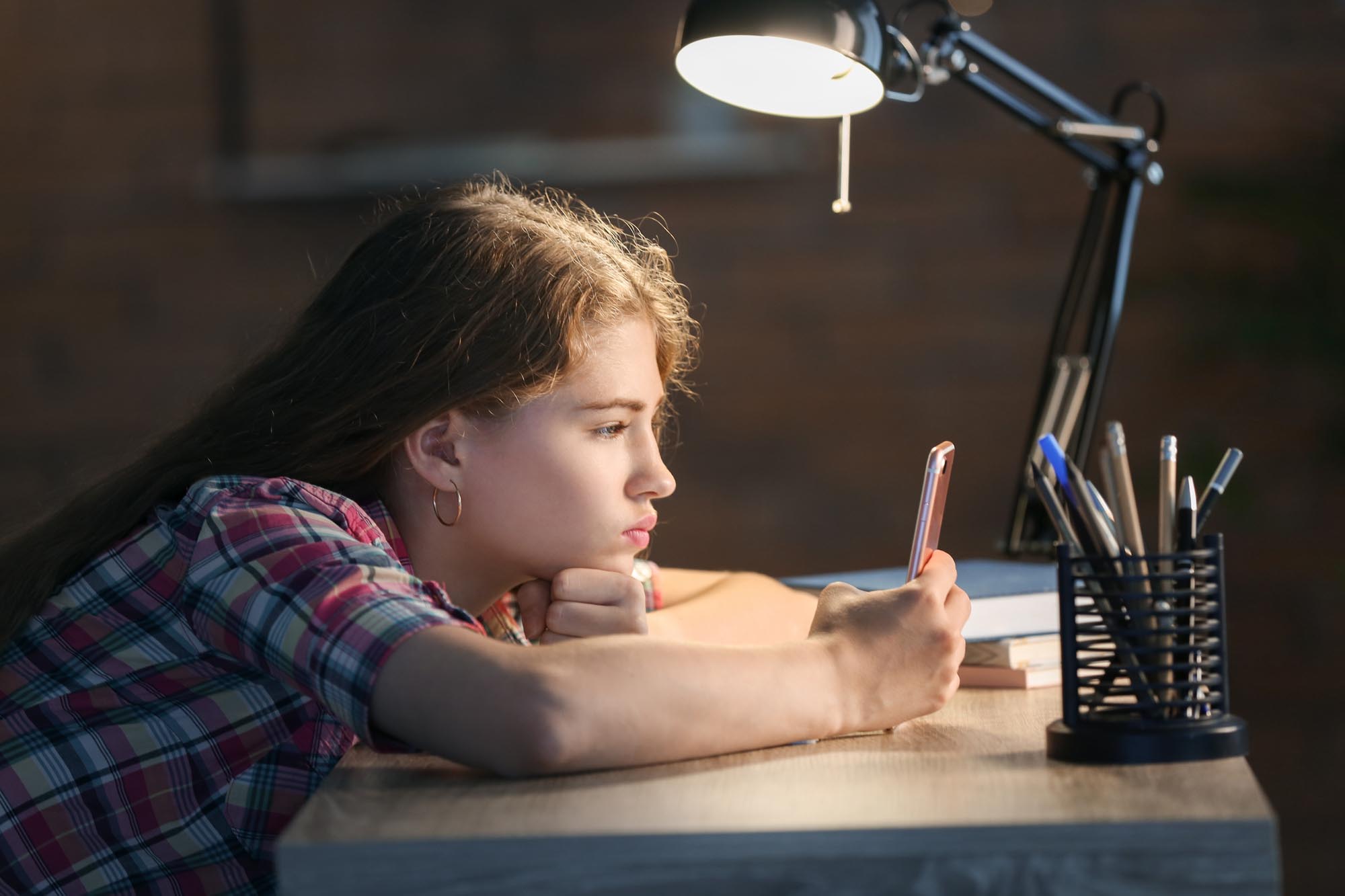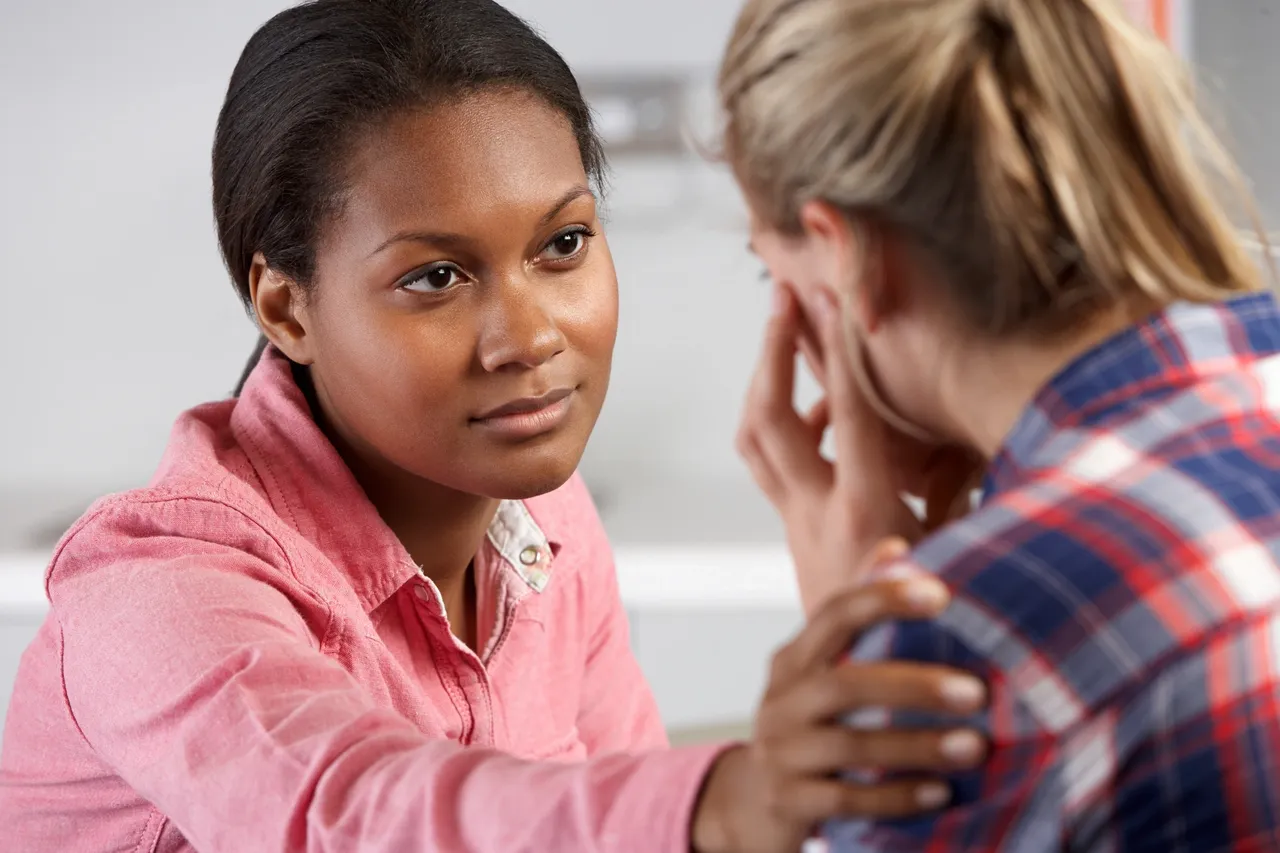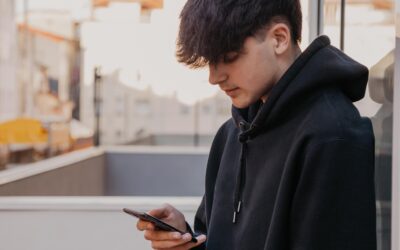Picture this: A teenager scrolls through their social media feed before bed, after dinner, during lunch breaks—basically, every free moment. Sound familiar? With smartphones always within reach, social media has become a constant presence in their daily lives.
Social media platforms like Instagram, TikTok, and Snapchat have transformed how teenagers connect, express themselves, and view the world. These digital spaces can be vibrant hubs of creativity and connection, offering teens opportunities to:
- Find like-minded communities
- Share their talents and interests
- Stay connected with friends and family
- Access support networks
Yet beneath the surface of likes, shares, and perfectly filtered photos lies a complex reality. The same platforms that bring teens together can also contribute to anxiety, depression, and self-esteem issues.
As parents, educators, and mental health professionals, understanding this digital landscape isn’t optional – it’s essential for supporting our teens’ wellbeing in an increasingly connected world.
The Rise of Social Media Among Teens
Today’s teens are growing up in a world where digital connections are as natural as breathing. A staggering 95% of teenagers have access to smartphones, transforming social media platforms into digital hangout spots that never close.
The social media landscape has evolved dramatically:
- TikTok has exploded in popularity, captivating teens with its short-form videos and creative possibilities
- Instagram remains a powerhouse for photo sharing and visual storytelling
- Snapchat keeps its grip on quick, disappearing messages and fun filters
- Facebook maintains its presence, though it’s increasingly seen as “the platform their parents use”
The average teen spends about 7 hours daily on digital devices, with social media taking up a significant chunk of this time. These platforms have become essential tools for:
- Staying connected with friends
- Following trending topics
- Creating and sharing content
- Learning new skills
- Building personal brands
Digital technology now intertwines with nearly every aspect of teenage life – from homework collaboration to social planning, entertainment to self-expression. Social media apps serve as digital Swiss Army knives, offering everything from instant messaging to video sharing, gaming to news updates, all within a few taps.
The integration is so complete that many teens switch between different platforms throughout their day, each serving a unique purpose in their digital social life. This constant connectivity has created a new normal where being “offline” feels increasingly foreign to the younger generation.
Negative Impacts of Social Media on Teen Mental Health
The relationship between social media use and teen mental health presents significant challenges that deserve our attention. Research shows concerning links between excessive platform use and various psychological issues.
Depression and Anxiety
Studies reveal teens who spend more than 3 hours daily on social media face a 35% higher risk of developing depression symptoms, which often include persistent feelings of sadness or emptiness, loss of interest in regular activities, changes in sleeping patterns, difficulty concentrating, and social withdrawal. If you or someone you know is dealing with these symptoms, it’s crucial to seek help. Build Bright Care Group offers specialized programs for teen depression treatment, which can provide the necessary support and guidance.
The Reality of Cyberbullying
24/7 connectivity has transformed bullying into an inescapable experience for many teens. A recent study found:
- 59% of teens have experienced cyberbullying
- 90% witness online harassment regularly
- Victims report higher rates of depression, anxiety, and suicidal thoughts
- Many struggle with trust issues and social relationships long after incidents
Image Issues and Social Comparison
Social media’s highlight reel effect creates unrealistic standards and expectations.
The constant exposure to filtered, edited content impacts teens through decreased self-esteem, negative body image, increased eating disorders, persistent feelings of inadequacy, and FOMO-driven anxiety.
Sleep Disruption
Late-night scrolling disrupts natural sleep patterns, creating a cycle of mental health challenges:
- Blue light exposure interferes with melatonin production
- Midnight notifications interrupt crucial deep sleep phases
- Pre-bed anxiety from social media content affects sleep quality
- Reduced sleep leads to:
- Decreased emotional regulation
- Impaired decision-making
- Increased stress levels
- Weakened mental resilience
The constant pressure to maintain an online presence, coupled with exposure to carefully curated content, creates a perfect storm for mental distress. These effects intensify during crucial developmental years when teens are most vulnerable to external influences and peer pressure. For those experiencing severe mental health challenges as a result of these pressures, seeking professional help is vital. Organizations like Build Bright Care Group offer a range of therapeutic services including residential treatment programs tailored for adolescents facing such difficulties.
Positive Aspects of Social Media for Teens
Social media isn’t just a source of potential challenges – it’s also a powerful tool for positive growth and connection in teens’ lives. Let’s explore the bright side of these digital platforms.
Building Meaningful Connections
Social media creates spaces where teens can:
- Find like-minded peers who share their interests
- Stay connected with friends during physical separation
- Join supportive communities for specific challenges
- Maintain long-distance relationships with family
Many teens discover supportive networks through social media groups focused on shared experiences, hobbies, or challenges. A teen struggling with anxiety might find comfort in a mental health support group, while an aspiring artist could connect with other creative minds.
Creative Self-Expression and Identity
Social platforms offer unique opportunities for teens to:
- Experiment with different forms of self-expression
- Share their artwork, music, or writing
- Develop their personal style
- Connect with diverse perspectives and cultures
Through social media, teens can craft their digital presence, helping them understand who they are and who they want to become. A teen might start a photography Instagram account to showcase their work, or use TikTok to share their dance performances with a supportive audience.
These platforms also allow teens to explore different aspects of their identity in a safe space, connecting with others who share similar experiences or interests. Whether it’s through creating content, participating in online discussions, or following inspiring role models, social media can be a catalyst for personal growth and self-discovery.
Strategies for Healthy Social Media Use
Creating a balanced relationship with social media starts with practical, actionable steps. Here’s how teens can build healthier digital habits while maintaining meaningful online connections:
Setting Smart Screen Time Boundaries
- Use built-in screen time tracking tools to understand current usage patterns
- Set specific time blocks for social media use (e.g., 30 minutes after homework)
- Create “phone-free zones” in bedrooms and during meal times
- Enable app limits through device settings
- Take regular digital detox breaks – start with one hour, then build up
Making Space for Real-World Connections
Getting offline doesn’t mean disconnecting from friends. Try these engaging alternatives:
- Join local sports teams or fitness classes
- Start a hobby group with classmates
- Plan regular park meetups or study sessions
- Take art, music, or dance classes
- Volunteer for community service projects
These face-to-face activities help build deeper relationships while reducing social media dependency.
Building Open Dialogue About Online Experiences
Parents and teens can work together to navigate social media challenges:
- Share interesting online discoveries during family dinner
- Discuss concerning content or interactions without judgment
- Create family agreements about social media boundaries
- Talk about online vs. reality differences
- Keep communication channels open about cyberbullying
Mindful Usage Tips
- Follow accounts that make you feel good
- Unfollow or mute content that triggers negative emotions
- Use social media with purpose rather than mindless scrolling
- Check in with your feelings before and after using platforms
- Practice the “stop, think, post” rule before sharing content
Remember: social media works best as a complement to real-life relationships, not a replacement. Small changes in daily habits can lead to significant improvements in digital wellness and mental health.
Understanding the Dual Nature of Social Media
Social media’s impact on teen mental health isn’t black and white – it’s a complex interplay of benefits and risks that shape adolescent experiences. The displaced behavior theory suggests that time spent on social media can replace essential real-world activities, yet research also shows meaningful online connections can enhance teens’ social support networks.
Think of social media as a powerful tool – like fire. It can warm and illuminate, or it can burn and destroy. The same platform that helps a shy teen find their voice through artistic expression might trigger anxiety in another through constant social comparison.
Here’s what makes social media a double-edged sword:
- Connection vs. Isolation: While social media can help teens build global friendships, there’s also a risk that it may replace face-to-face interactions.
- Expression vs. Validation-Seeking: Social media provides an avenue for creative self-discovery, but it can also lead to dependency on likes and comments for validation.
- Information vs. Misinformation: Teens have access to educational content through social media, but they are also exposed to unreliable sources of information.
The key lies in understanding these dualities. When teens recognize both the empowering and potentially harmful aspects of social media, they can make informed choices about their online engagement. This awareness helps create a balanced approach where social media enhances rather than dominates their lives.
Conclusion
The impact of social media on youth mental health requires active involvement from both teens and parents. A balanced approach acknowledges social media’s potential benefits while protecting against its risks. Parents can guide their teens by:
- Setting clear boundaries around device usage
- Creating tech-free zones in the home
- Modeling healthy digital habits themselves
- Staying involved in their teen’s online activities
Teens can take control of their digital wellbeing by:
- Curating their social media feeds to include positive content
- Using built-in app features to track and limit screen time
- Taking regular breaks from social platforms
- Being aware of their emotional reactions to online content
The key is to develop digital literacy skills and have open discussions about social media experiences. When teens and parents collaborate, they create a supportive environment that maximizes the benefits of social connectivity while safeguarding mental health.
Take the First Step Toward Better Mental Health
Is social media affecting your teen’s well-being? You don’t have to navigate this challenge alone. Build Bright Care Group specializes in helping adolescents ages 12-17 develop healthy relationships with social media while addressing any underlying mental health concerns.
Our experienced team provides:
- Evidence-based treatment approaches
- Compassionate, personalized care
- Comprehensive mental health support
- Expert guidance for both teens and parents
One of the areas we focus on is teen depression treatment, which can often be exacerbated by social media use. Our skilled staff and specialized program can help your teen navigate these challenges successfully.
Ready to help your teen find balance? Contact Build Bright Care Group today. Our California-based mental health professionals are here to support your family’s journey toward wellness.
Together, we can help your teen thrive both online and offline.











